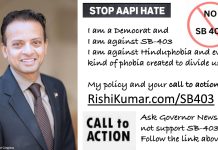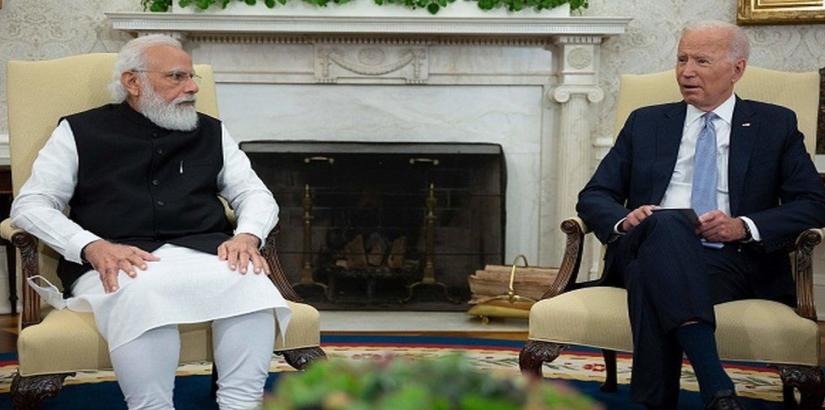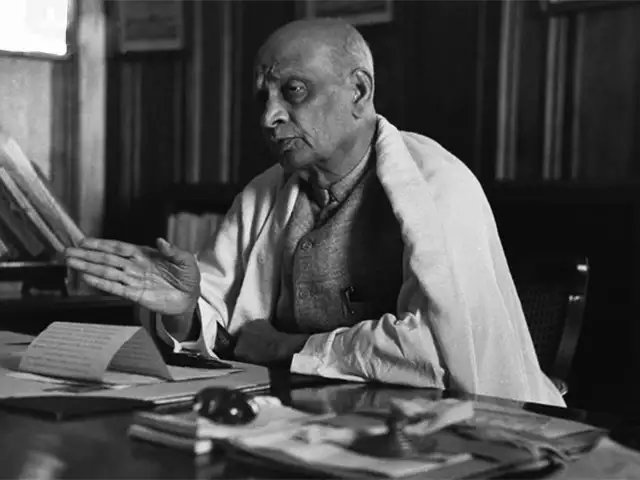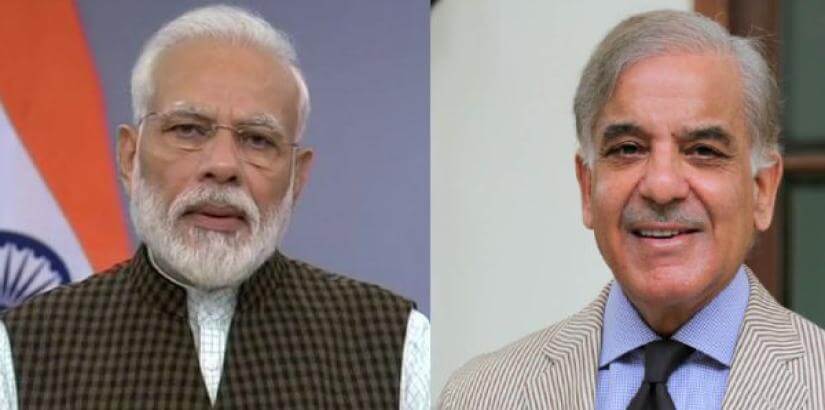Dr Ram Puniyani
Recently, the UN General Assembly adopted a unanimous resolution to observe March 15 as “Combat Islamophobia’ day. Though the resolution was unanimous, India’s response was that it was “not convinced that we need to elevate phobia against one religion to the level of an international day”.
The term Islamophobia came into vogue particularly after 9/11 when the US media coined the term ‘Islamic terrorism’ in the wake of the twin tower attack. A large section of global media picked it up and hate against Islam and Muslims started dominating the global space.
In India, this phrase, which was coined globally, got a further boost due to sectarian politics. Hate against Islam and Muslims has its genesis in the ‘divide and rule’ policy of the British, who introduced communal historiography and king’s rule was presented through the prism of religion rather than through power and wealth. Muslim communalists started ‘Hate Hindus’ while the Hindu Mahasabha-RSS started ‘Hate Muslims’. So the roots of Islamophobia in India were already deeply rooted even before the global phenomenon added on to the prevalent ‘Hate Islam-Muslims’.
Muslim ghettoization
Babri Mosque was razed to the ground. Later, the Gujarat carnage was to break out and lead to limitless sufferings and consequent ghettoization. The reform process within the Muslim community had already got a severe setback with the reversal of the Shah Bano judgment in the 80s.
Now the ghettoization of the community as the aftermath of majoritarian violence put brakes on the possibility of the community coming out of the steel-like grip of conservative maulanas. The extreme radical elements within the Muslim community kept providing the much-needed provocation to the majoritarian onslaught against the hapless minority.
As India showed its reservations about the UN resolution, things back home did give a reflection of the plight of Muslim minority here. From within the Muslim community, there are extremist elements who in the name of Islam provide much-needed provocations to majoritarian politics. In the case of the much-touted hijab issue in Karnataka, while most human rights groups stood with the girl’s right to wear hijab, few gave a deeper thought to as to how come the issue has propped up? The status quo was disturbed by few girls insisting on not removing hijab in the classroom, and that gave a more than sufficient provocation for large number of saffron shawl-wearing youth.
Communal aggression
The offense of communalism is on the march. The country in general and Karnataka, in particular, has been witnessing a series of incidents, at the level of hate speech, a boycott of Muslims in trade, calling for a ban on ‘namaz’ (Muslim prayers) in open spaces, demand for the removal of loudspeakers in mosques are being floated ad infinitum.
Hate speech is becoming a sort of ‘new normal’, what with a court ruling that “if said with a smile” it is not a crime. The ruling establishment promotes hate as we saw in the case of Central Minister Anurag Thakur giving the slogan ‘Goli Maro’ and getting full Cabinet rank. Yati Narsinghanand, head Priest of Dasna Devi Temple, is going from bad to worse in this direction. At the Haridwar Dharam Sansad, the call for genocide of Muslims was met with stony silence from the Prime Minister.
In a recent ‘mahapanchayat’ (grand assembly) in Delhi in which anti-Muslim slogans were given and Yati said that Hindus should take up arms as there is a threat of conversion if a Muslim becomes a Prime Minister. In the same Mahapanchyat, Suresh Chavhanke, chief of Sudarshan TV, a right-wing channel, also spewed hate against minorities.
Hindutva offensive
Hindutva outfits have also given a call that there should be no Muslim traders near the Hindu temples or Hindu religious fairs. The ban is spreading in various places in Karnataka. As a small respite, two BJP leaders have opposed it and Kiran Mazumdar-Shaw, founder of biotechnology giant Biocon, took to Twitter to decry Karnataka’s “communal exclusion”.
A lot is happening in Karnataka on the communal front. The new Chief Minister Basavaraj Bommai is out to play the divisive role to the hilt. Also, the Karnataka Assembly has passed the Freedom of Religion Bill aimed at intimidating minorities. Preparations are afoot to emulate the same by the Haryana Chief Minister Manohar Lal Khattar.
More grounds are being searched to harm the commercial interests of the community with the call to boycott Muslim traders on various pretexts. Now there is an incident in Shivmogga, Karnataka where Bajrang Dal workers have attacked a meat seller on the issue of halal meat.
‘Halal’ in Arabic means ‘permissible’. It is meat cut in accordance with Islamic laws and although it is sold for consumption by Muslims, non-Muslims across India purchase it from ‘halal’ shops too. The five Bajrang Dal activists who were arrested in the matter got an easy bail, which generally is denied to people like Stan Swamy, or those talking peace like Umar Khalid.
New issues
In Uttar Pradesh, there were voices to ban non-vegetarian food during the Navaratri festival, fortunately withdrawn. Earlier, we saw a similar demand in Mumbai during a Jain festival.
Indian wellness company Himalaya is being targeted for displaying halal certificate on its signboards. The reason being its owner is a Muslim. It is being said that anyone who supports their products will be promoting ‘economic jihad’. This ‘economic jihad’ formulation came as the latest addition to jihad series from ‘corona jihad’ to ‘land jihad’ to ‘UPSC jihad’.
The company has clarified that none of its products contain meat derivatives. The certification is a prerequisite for exporting the drugs, which other companies like Reliance, Tata, Dabur, Amul, Hindustan Unilever and others have also procured.
For decades we have seen the use of loudspeakers in mosques to give ‘azan’, or call to prayers. Now this issue is also being raked up in Maharashtra by a nationalist politician Raj Thackeray. In Tripura, another BJP leader called for government-supported madrassas to be shut down as the madrassas produce terrorists. The Gujarat government is making the Bhagavad Gita, Hinduism’s sacred text, a part of the curriculum for Classes 6 to 12.
According to the Jamiat Ulama-I-Hind factsheet, during July to December 2021, there were 59 cases of hate speech and campaigns, 38 cases of violence (including lynching), 21 religious places were attacked, 2 cases of custodial deaths and 9 cases of police atrocities and six cases of social discrimination. All this is the outcome of prevalent hate against religious minorities. It explains reservations of the Indian government to wholeheartedly endorse the UN resolution for observing March 15 as Combat Islamophobia Day.
(The writer, a former IIT Bombay professor, is Chairman, Center for Study of Society and Secularism, Mumbai.)







